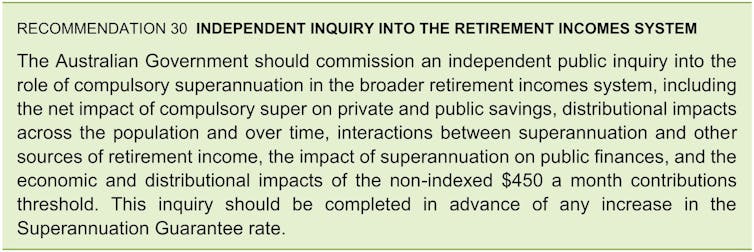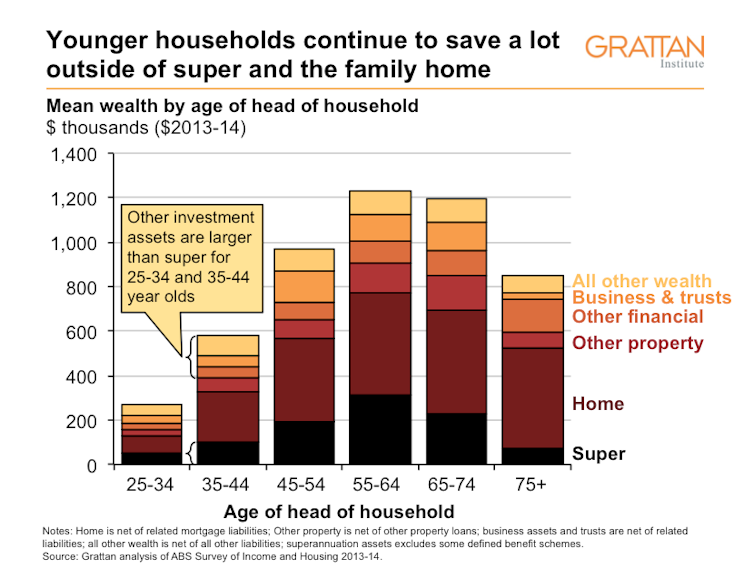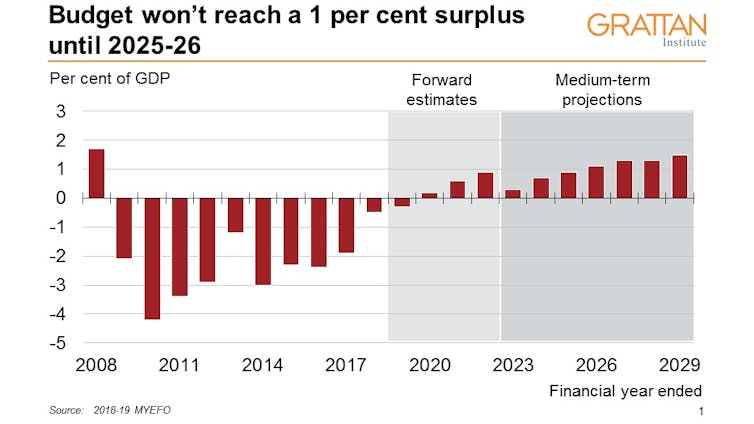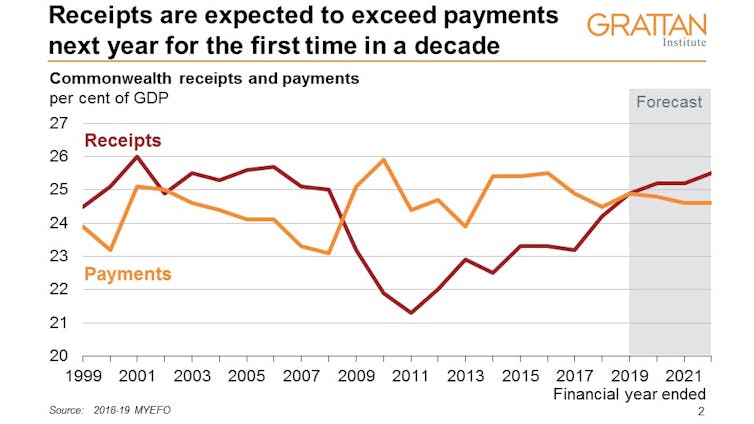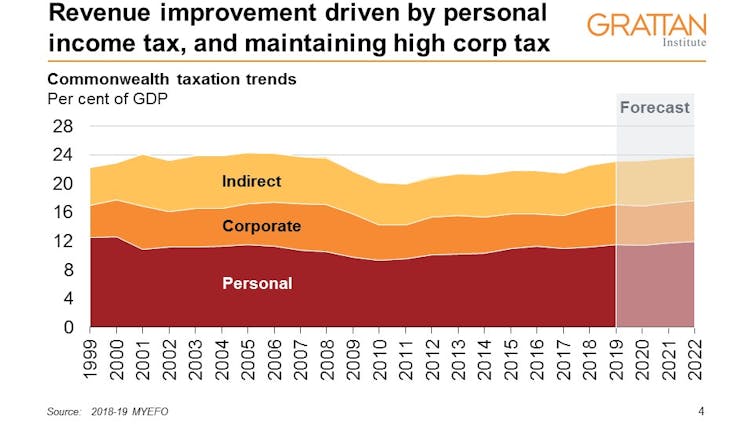Every 10 to 15 years it’s the same.
Ever since financial deregulation in the 1980s we’ve had a finance industry scandal followed by an inquiry, a quick fix, and a declaration that it shouldn’t happen again.

In the early 1990s there were royal commissions into the A$1.7 billion Tri-continental/ State Bank Victoria collapse, the A$3.1 billion State Bank of South Australia collapse and the WA Inc collapse which explored the interrelated activities at Rothwells bank, the A$1.8 billion collapse of Bond Corporation and the A$1.2 billion siphoned from Bell Resources.
A decade later in 2003 Justice Owen reported on the A$5.3 billion collapse of Australia’s largest insurer HIH.
And now, bang on schedule, we have Kenneth Hayne delivering the final report of a royal commission into systemic misconduct in banking, superannuation and financial services industry to a government that voted 26 times against holding it.
There are two particularly striking things about the 10-15 year cycle.
One is the rhythm of public inquiries followed by reports, then (sometimes) trials, then books, then almost everyone forgetting (except for those personally scarred) only for problems to resurface later.
The other is that the times between have been punctuated by government-commissioned banking and financial system reviews: the 1991 Campbell Inauiry, the 1996 Wallis Inquiry, the 2010 Cooper superannuation review and the 2012 Murray Review . Each either missed or downplayed the links between poor governance, industry structure, systemic misconduct and prudential risk.
Has Kenneth got the frequency right this time?
Commissioner Kenneth Hayne’s 1000-page final report hasn’t gone far enough to end this cycle.
While his referral of 24 misdeeds for possible criminal and civil prosecution will help in righting past wrongs and perhaps focus the minds of directors and executives, the impact will be generational rather than permanent.
The flurry of prosecutions and actions will again reveal problems with the law – gaps in coverage, inadequate penalties and cases the law won’t allow to stand up.
Taken together the recommendations are a patchwork of measures that if implemented will over time be eaten away – and at some point will be dismantled – because the rationale for their adoption will be forgotten.
Even before they are implemented they will have to run the gauntlet of a massive subterranean lobbying effort from industry to water them down, something Hayne indicated he expected.
The deepest flaw lies unaddressed…
Even though Hayne emphasises the link between systemic misconduct, governance, structure and prudential (system-wide) risk, something that Treasury, the RBA and Australia’s three business regulator amigos, APRA, ASIC and the ACCC, have long rejected, he makes no concrete suggestions to tackle it.
As we have written previously, research tells us big systemically important shareholder-focused universal for-profit banks that cross-sell products are more profitable than smaller banks in the good times but are more prone to misconduct and to failure in the worse times.
Australia’s big four fit the bill – they’re big, they have been vertically integrated one-stop shops, they are very, very profitable and they are very focused on shareholder returns.
While the banks, apart from Westpac, have divested themselves of wealth management and insurance arms for now there is nothing stopping them reacquiring them in the future.
This means we are once again 10 or 15 years away from systemic misconduct resurfacing as big banks seek to become more profitable.
…and putting the onus on directors won’t much help
While heads might roll in yet another round of internal investigations to fix bank culture, it is wise to remember that as Adele Ferguson observed ANZ’s internal investigation of the Opes Prime collapse left the bigger governance lessons “unlearned”.
Directors and senior executives of failed companies continue to live charmed lives.
The directors of Babcock and Brown were cheered as they left the building, while friends and family of the disgraced One.Tel director Jodee Rich have resurfaced at Hayne and other public inquiries.
Some of the One.Tel directors have had long corporate careers. The former chair at of the collapsed Allco Finance Group Bob Mansfield went on to review the ABC.
As Adam Schwab bluntly put it, “corporate Australia is nothing if not forgiving”.
It’ll chase horses rather than close doors
Hayne is persisting with a chasing bolting horses approach to misconduct that relies on detection and enforcement.
We have argued this approach is just not as a effective as other alternatives such as two-tier boards and employee directors which have a better track record of keeping stable doors closed and horses tethered.
Without them we could very easily have another crisis and another royal commission in 15 to 15 years time.
Ireland has taken a been prepared to change corporate structures. After the meltdown of its financial system triggered by the end of a “classic vanilla property boom” its parliament legislated to appoint public interest directors to the boards of its failed banks.
These changes were designed to ensure banks directors put the public interest first, ahead of shareholders interests and even customers interests.
It’s beyond time we did it here.
Authors: Andrew Linden, Sessional Lecturer, PhD (Management) Candidate, School of Management, RMIT University; Warren Staples,
Warren Staples
Senior Lecturer in Management, RMIT University

